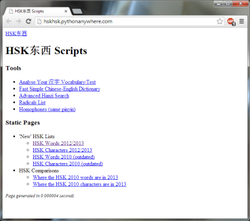 I was interviewed this week by the very nice people at PythonAnywhere: blog.pythonanywhere.com/79/ . They do a great job of hosting my hanzi analysis scripts, and allow you to create and maintain a site run by the Python language without any configuration, or uploading or downloading anything- you edit the code through a very advanced web editor. You can create a free account to try it out. The code runs on Amazon's EC2 servers, so the performance is quite amazing. Thes hanzi tools I created do all sorts of things that are too numerous to list, give them a try here: hskhsk.pythonanywhere.com . I made a small improvement to the dictionary today, so that it copes with large amounts of input better. It shows a short phrase word by word, and annotates a longer phrase inline (recognise the poem?)
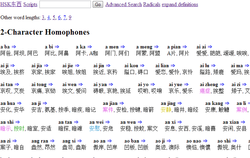 I'm not sure if there's much point to this one, but just in case someone ever needs it- here's a page that lists all Chinese homophones, with a page for each word length: http://hskhsk.pythonanywhere.com/homophonesI am defining homophones as words with identical pinyin. You can choose whether or not tones should be ignored by selecting the appropriate option.
I have seen this question asked a few times, so here's the best answer I am able to give. - I have collected together and added English for some example sentences that demonstrate grammatical points for the HSK 1, HSK 2, and HSK 3. These example sentences can also be downloaded as flashcard files for use in software such as Pleco and StickyStudy.
- The excellent AllSet Learning Grammar Wiki has a page that classifies the grammatical points on the site into 6 levels. These seem to correspond roughly to the six HSK levels, so it would be a good idea to ensure you are familiar with the grammatical points in the appropriate levels.
- Another post on this site shows the contents page of the great grammar book Common Chinese Patterns 330 by Qin Xue Herzberg. I have classified the patterns by HSK level, and there are popup tooltips with information about the characters. The best way to use this list is to study the appropriate patterns from the book.
- The sample exams at the official HSK site chinesetest.cn has quite a few sample exams for each level; doing all of the exams is great practice at seeing the different ways grammatical points can occur.
- Some other grammar books that I own that are useful but don't have any information on the HSK level of each point specifically are: Basic Patterns of Chinese Grammar by Chen Ru, Modern Mandarin Chinese Grammar by Claudia Ross, Schaum's Outline of Chinese Grammar by Claudia Ross.
- These sites don't have much information on their suitability for HSK levels, but are a great resources: Chinese Grammar by Hugh Grigg (who also has an awesome blog), Oxford University's grammar notes, and these basic review slides at Rutgers are a great way to start.
- The HSK grammar books I have found tend to be focused on the 'Old' HSK, and so they might not match the New HSK too well. I have listed a few in case you are willing to try them (I haven't) Practising HSK Grammar by Zhang Jing, Essentials of HSK Grammar by Zhao Jing, HSK Grammar by Fu Yuping, Brushing Up Your Grammar for HSK by Dong Cui, HSK Grammar Guidebook by Han Zhigang
- I would love to find some more good books and resources for studying Chinese grammar- let me know if you have any suggestions
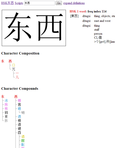 My HSK list browsing script took a step closer to being a real dictionary. I added: - Pinyin (tones optional) search, no wildcards yet
- English (definition) search
- All of the searches are done from the same edit field, very few things will match both English and pinyin, if they do you'll get
- Greying out of words/chars that only have frequency information and no dictionary entries
- Added pinyin and definitions to the tooltip text for all characters/words.
- Colouring of links to HSK list pages
And it's still lighting fast, and as before shows CC-CEDICT definitions, character composition, and word compounds. Give it a try 现在! http://hskhsk.pythonanywhere.com/cidian?q=%E7%8E%B0%E5%9C%A8
A few people have asked me this by email, so here's the answer I gave them: Remember, to really 'know' an HSK word you have to be able to use it in all of the different ways that Hanban expects you to. See my recent posts on HSK 1, HSK 2, and HSK 3 example sentences.
In my last post I announced some new Pleco English-English user dictionaries. Here's a guide that shows how to install these dictionaries in Pleco 3.0. Step 1: Get the zip file into Pleco - Open the Web Reader in Pleco from the Navigation Pane->READER->Open Document->Web Reader.
- Navigate to http://hskhsk.com/dictionaries (1)
- Click on the download link. (2)
- Click Open. (3)
- Click Save . (4)
I've added a dictionary 东西词典 to the script that runs my character analysis tool. It is currently only searchable by Chinese characters, but it has lots of links to related characters and words using character and word composition. It also shows at a glance information about HSK level and frequency. It contains links to some more polished dictionaries on each character and word. Give it a try here: http://hskhsk.pythonanywhere.com/cidian?q=%E8%83%BD
I'm a big fan of the AllSet Learning Grammar Wiki, and one of the most useful things I've come across on there is a few pages that list Chinese grammatical points according to their European Common Framework level. These six levels roughly correspond to the six levels of the New HSK, so it would be a good idea for someone studying for the HSK to ensure that they are familiar with all of the grammar points at their level and below. Each list of grammatical points links to a page with more explanations and examples, a really great resource! I have noted the corresponding HSK levels for each page.
|




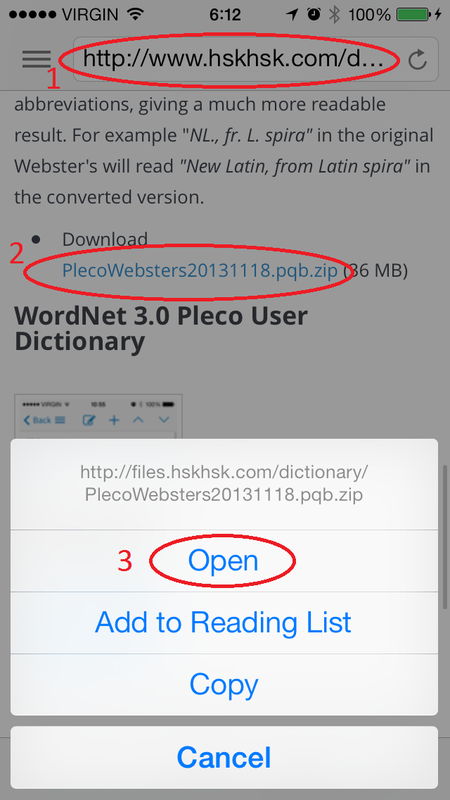
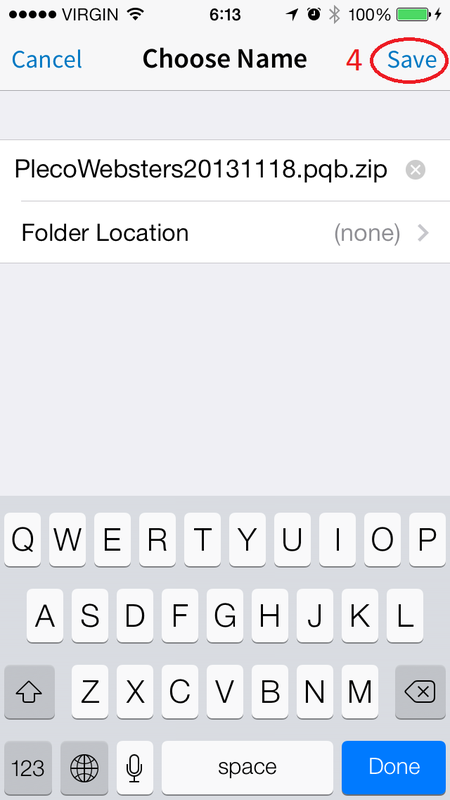


 RSS Feed
RSS Feed